Virtual Helsinki Case Study
“Virtual Helsinki” is the 2nd place winner of the Unreal Awards: Experience Design by Finland based studio, ZOAN. This is a case study about their winning entry.
ZOAN creates high-quality virtual reality (VR) experiences and real-time 3D models. The company is based in Helsinki, Finland with offices in Los Angeles, Amsterdam, and Brazil. The company started out in 2010 with visual experiences and web design, but when the first Oculus launched five years ago, we knew immediately that VR would be our thing.
Virtual Helsinki is an interactive city that can be explored and visited in VR. It is a virtual twin of the capital of Finland, powered by Unreal Engine. We want to be the pioneers of virtual tourism, and that is the reason we started to create an entire city to VR in high quality. In early 2019, our VR Helsinki project was recognized by Epic Games at the very first Unreal Awards Experience Design, winning the 2nd place in the architecture category. In this blog post, we share some of the challenges and how we overcome them creating Virtual Helsinki.
During the past years, we have had almost 30 people around the world working on the project and last autumn we hosted a VR Sprint in Helsinki with VR professionals from seven countries.
The newest version of the project was launched in the startup and tech event Slush in December 2018 in cooperation with the City of Helsinki. The launch plan includes VR App Stores and arcades globally during 2019, and the goal is to attract one million visitors to Helsinki virtually during this year alone.
Project Development
Now let us tell you about the development journey until this point. In the project, we used Autodesk 3DS Max for modeling, ZBrush for sculpting, Substance Painter for texturing, and finally, Unreal Engine for creating the virtual experience.
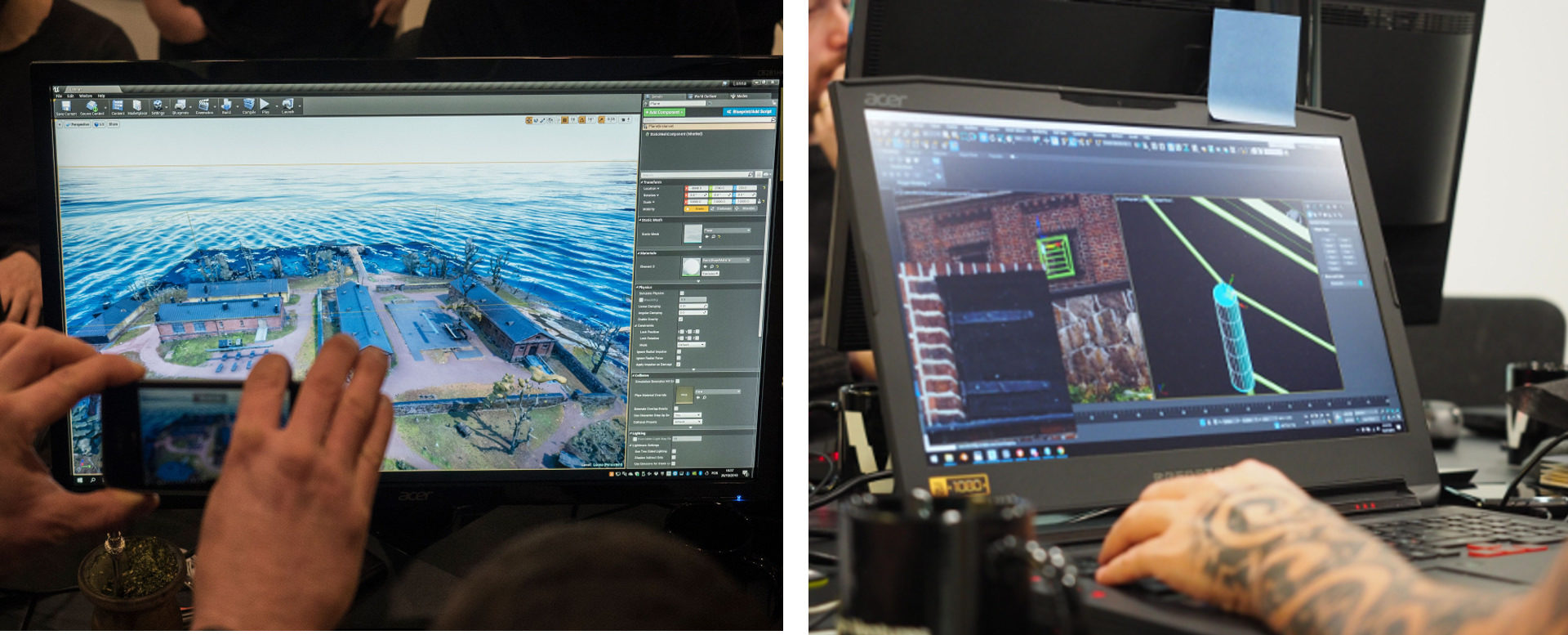
3D-reconstructing a city that exists doesn’t leave the artists too much space for creative liberty which could be seen as a challenge at first. We aimed for as realistic as possible, as close to the real city and its feeling as possible. We used a 3D scan model provided by the City of Helsinki as a base for proportions and positioning. In addition to that, we took as many photos as possible to cover the most important and visible parts of the buildings from the pedestrian point-of-view where the VR user would be placed as well. The rest was mostly traditional 3D-modeling with some specific uses of photogrammetry. So the inspiration and the references came from real life.
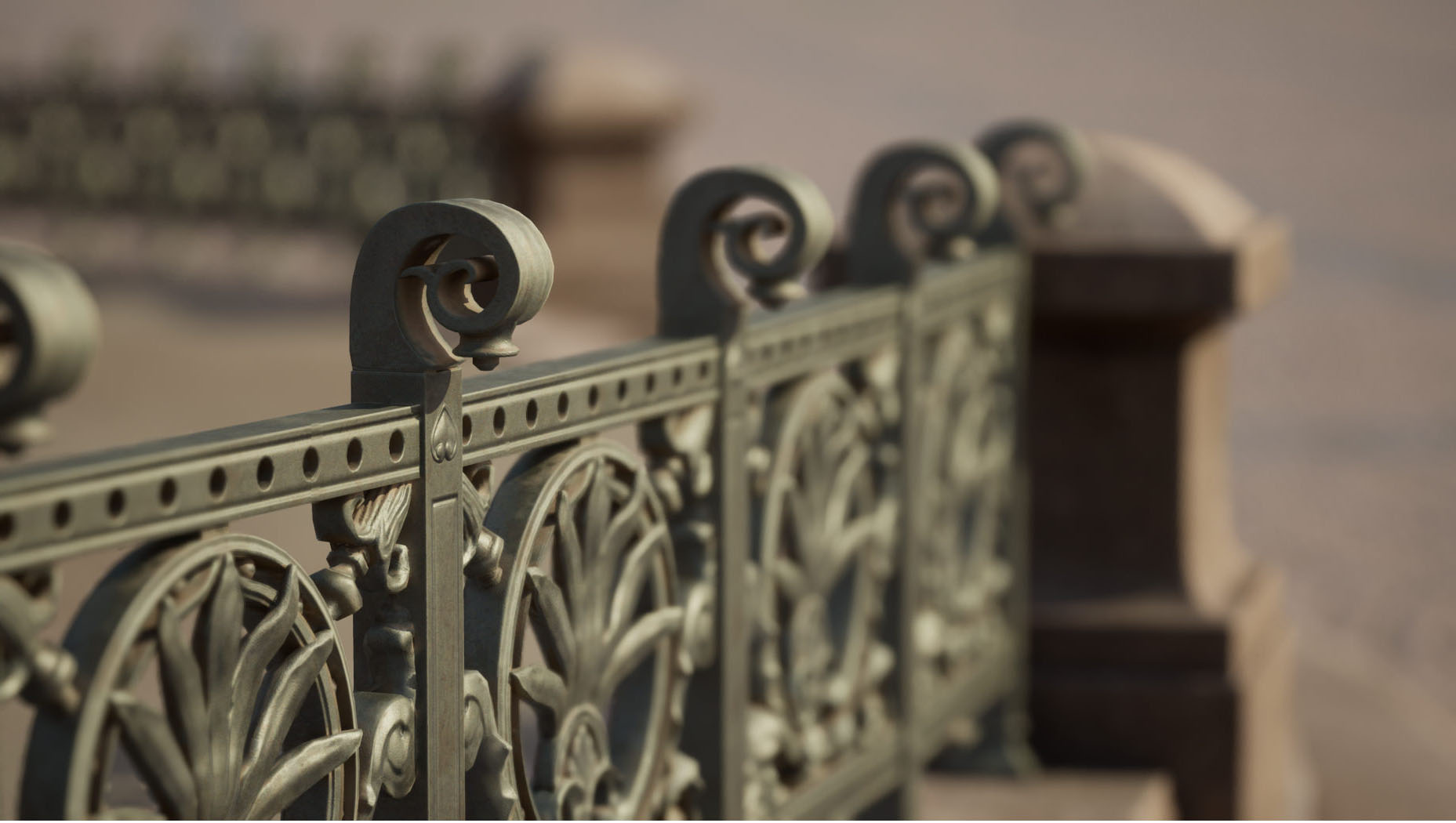
Another challenge was the vast amount of buildings with sculptures and ornaments. We have to admit that in the beginning most of the team did not have that much knowledge with digital sculpting. However, after some testing, we ended up mixing techniques with photo-based reliefs in addition to some essential 3D volumes made in traditional modeling. After a while, we ended up having enough knowledge to actually sculpt most of the ornaments or improving the “photo + model” technique enough to have excellent visual quality. In the process, we also had to find the balance in the level of detail so that it would still be possible to visualize a large area in high quality without overloading the hardware.
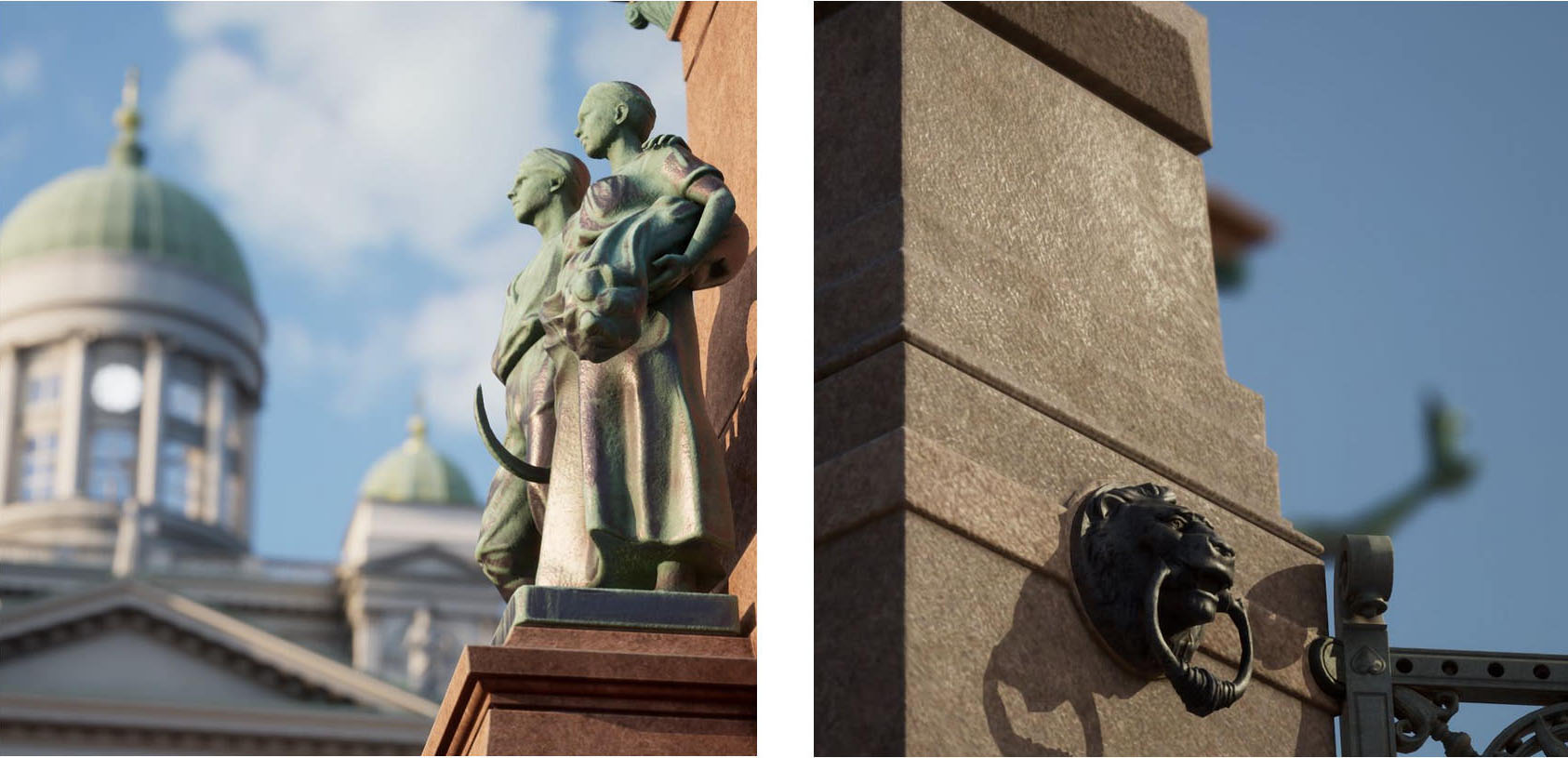
Alvar Aalto House
The main scenes for the newest version include the Senate Square, Lonna Island and the home of Finland’s most famous architect Alvar Aalto. As the project is exceptionally vast, we won’t be able to cover all parts of it just in this blog post.
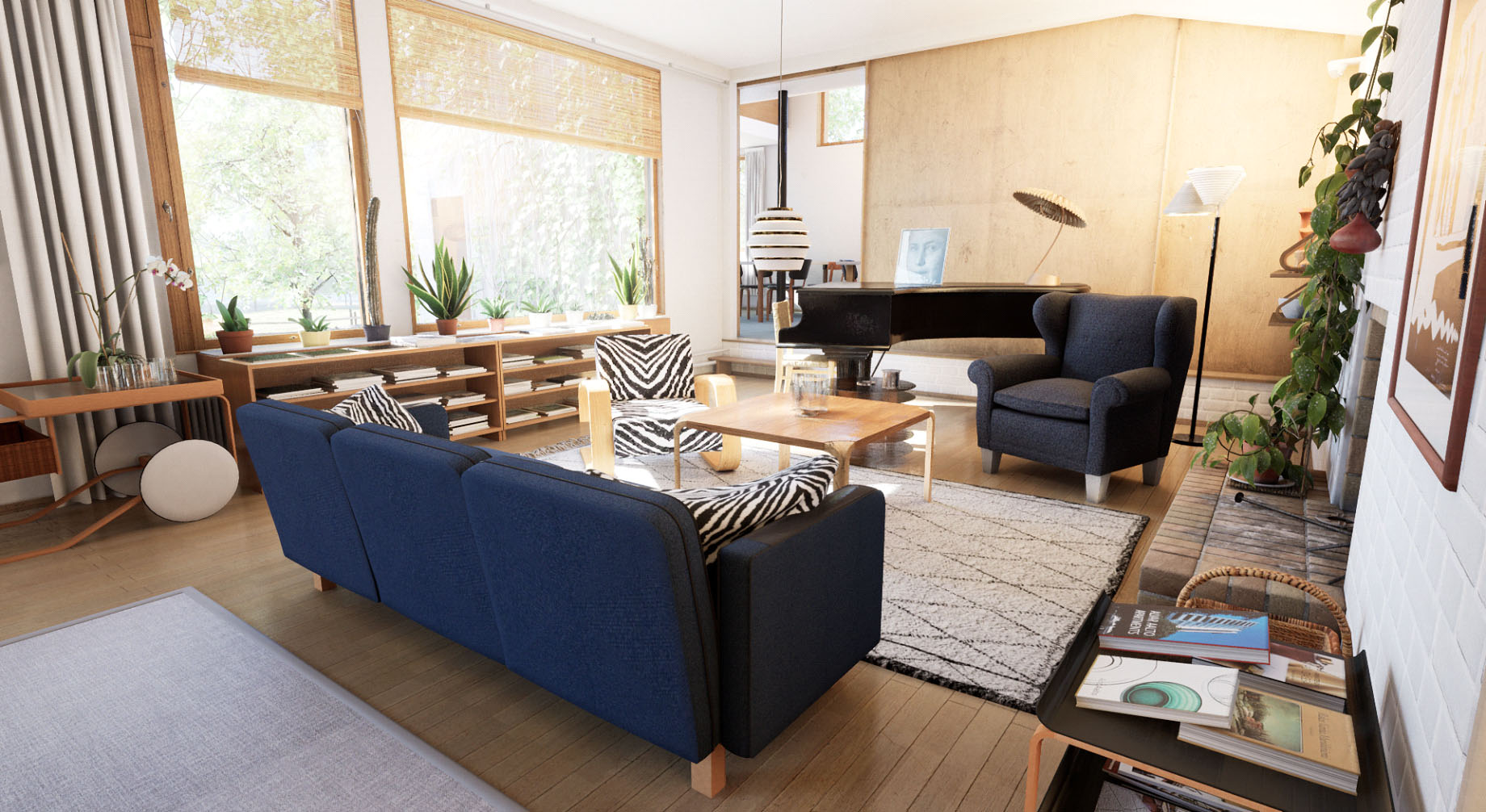
The development of Alvar Aalto’s house took three months and involved a team of around 10 people. The goal was to replicate the living room area of the house to be as realistic as possible. This required a considerable amount of detail in the modeling and creation of textures since most of it would be seen from very close up. It was like all the knowledge we’ve built with the Virtual Helsinki project was being used in just one living room.
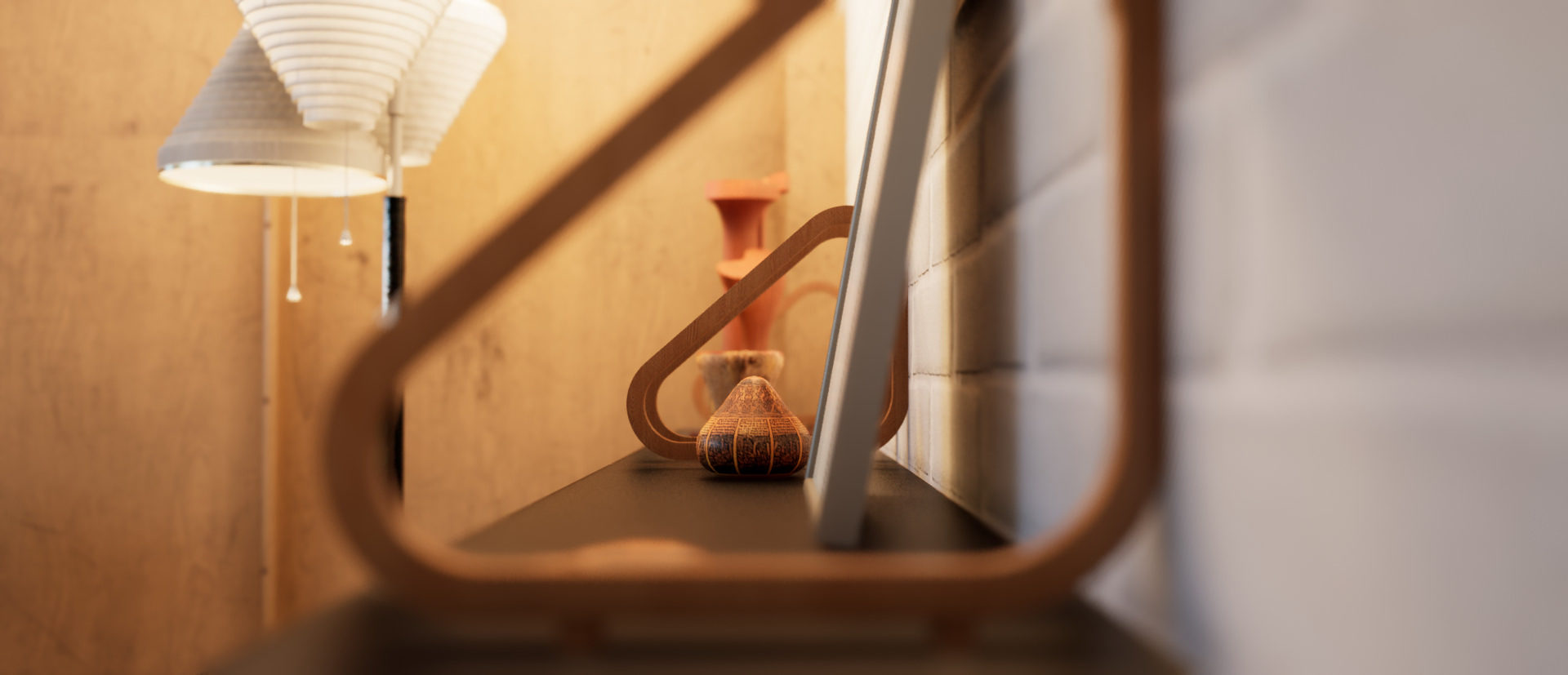
Our biggest challenge was to replicate the feeling and the atmosphere of the house. We wanted it to feel “old,” lived-in but well taken care of, mixed with this ambiance of some nostalgy. This required a lot of lighting tests and texture tuning.
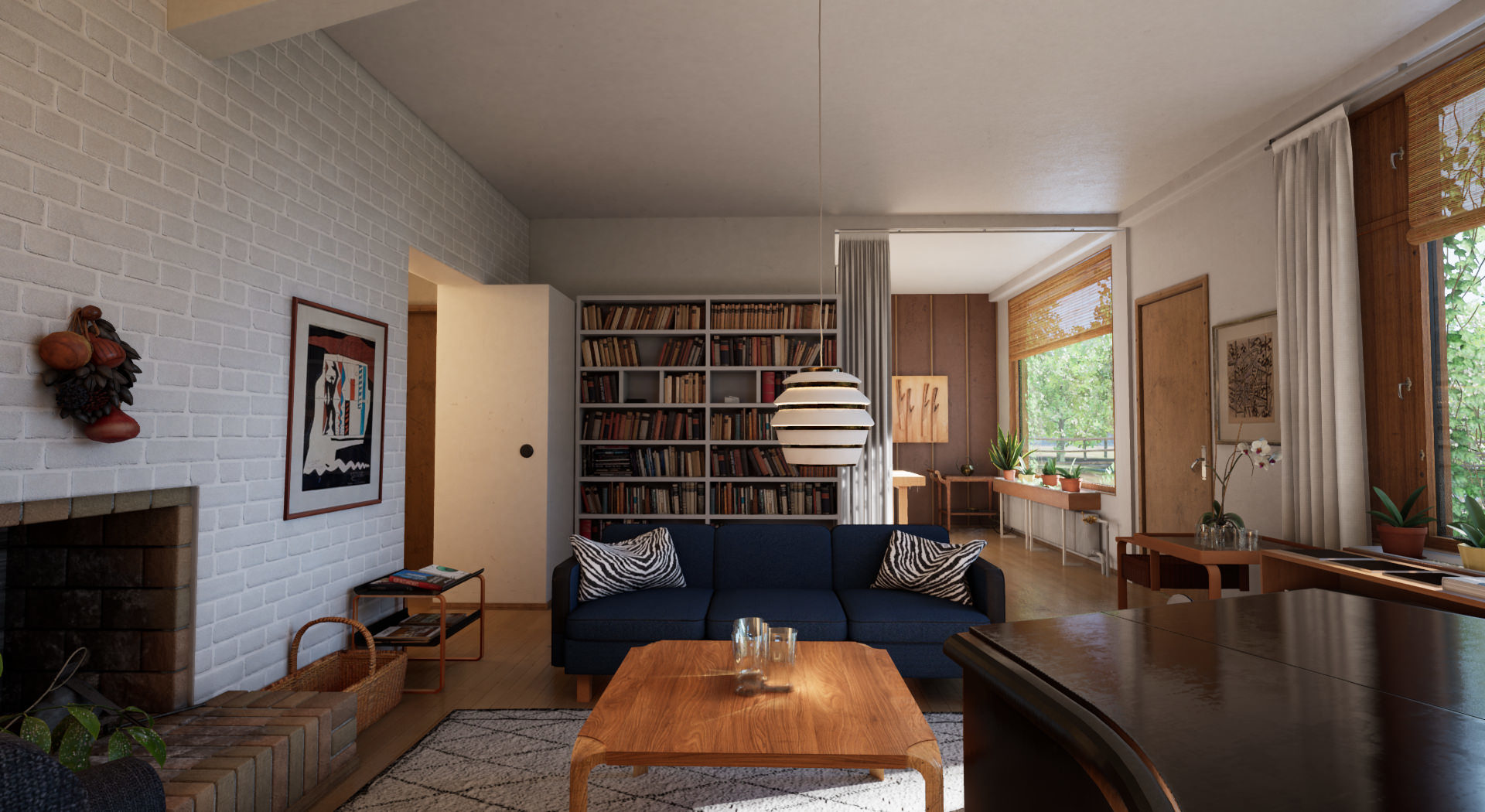
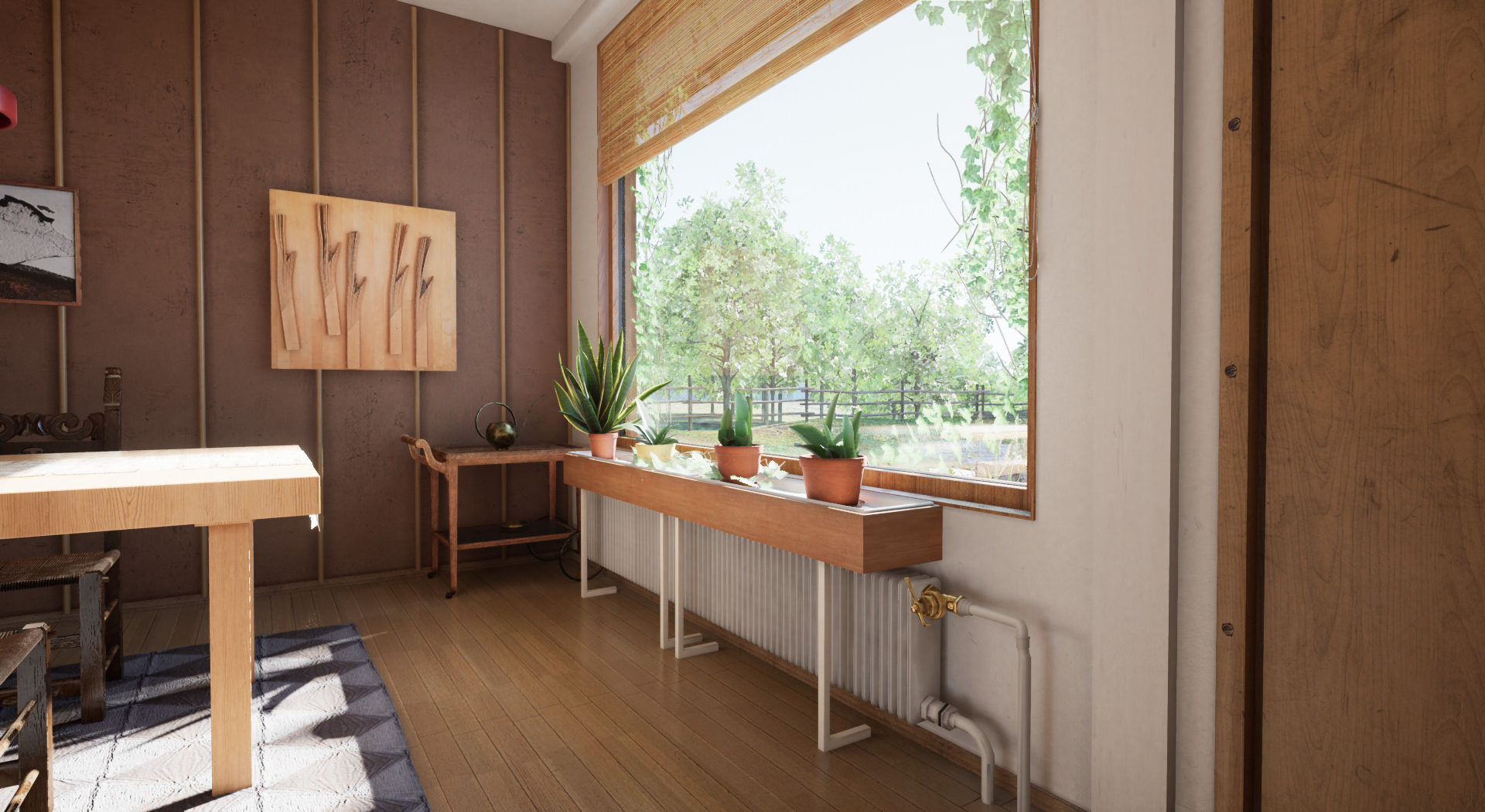
The VR Helsinki project has been our passion for a long time, and we could not have been happier to receive the Unreal Awards. We were also amongst the teams to receive an Unreal Dev Grant which both motivates us in developing Virtual Helsinki further. Lately, we have been doing ray-tracing tests with Nvidia RTX, and we were invited by Nvidia, HP and Epic Games to the GTC event to demo our project.
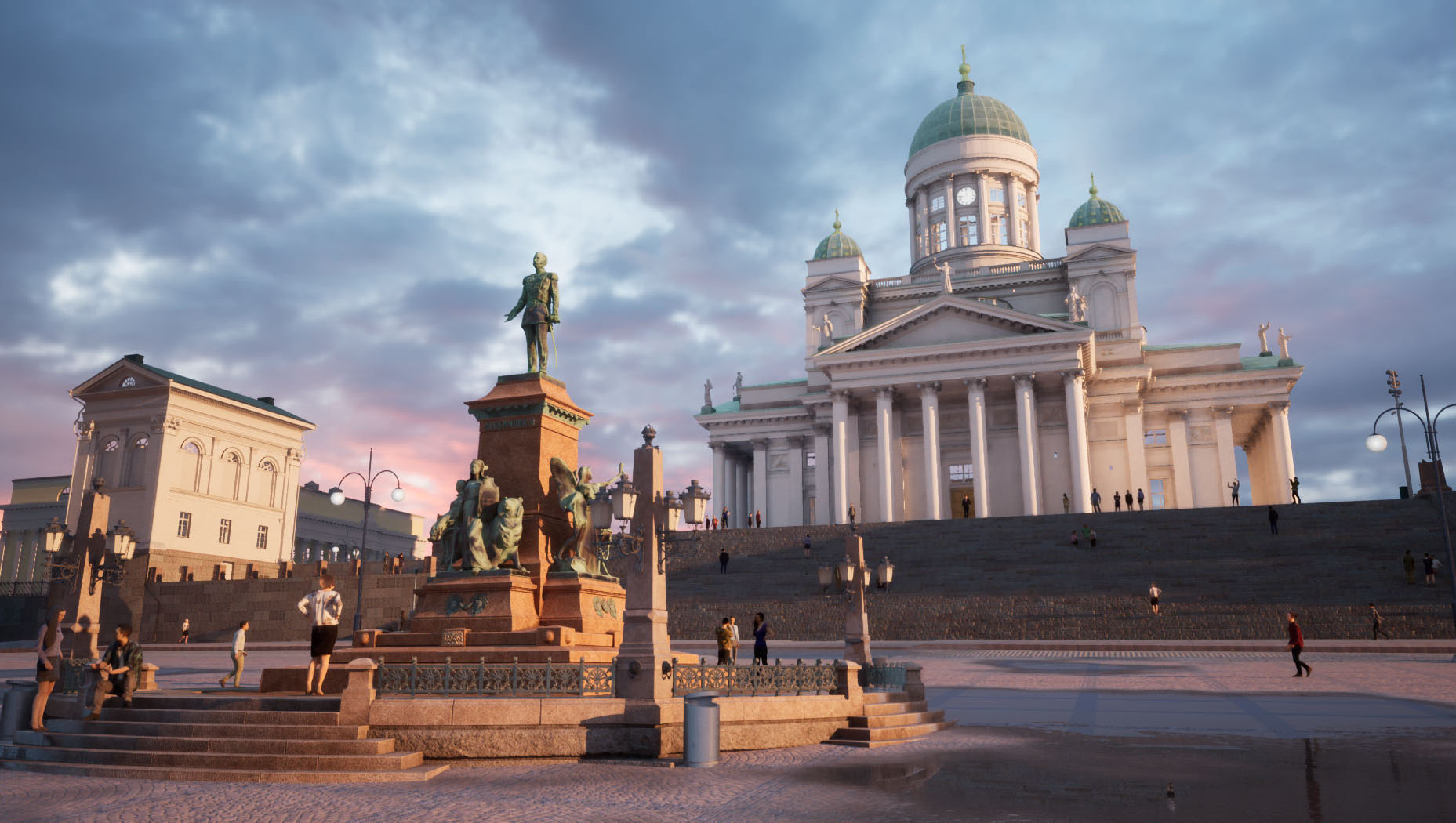
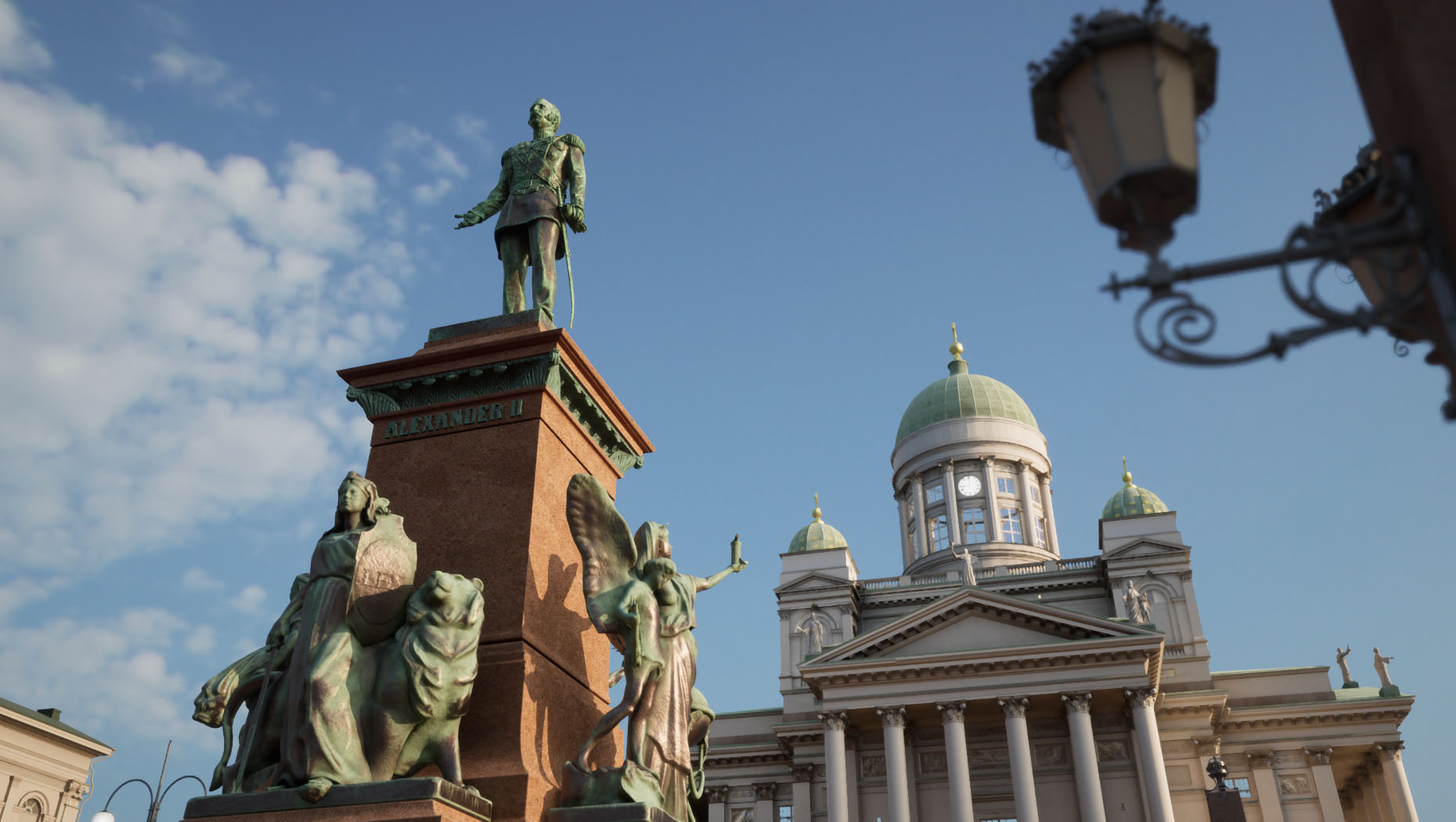
The next step is to develop more scenes to visit and expand Virtual Helsinki as a digital platform. We also aim to bring out the multiplayer mode to the VR experience, creating a space for virtual meet-ups events, like concerts. We are super excited to discover all the possibilities of this VR city.
Find out more at:












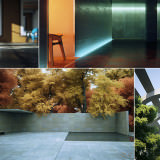
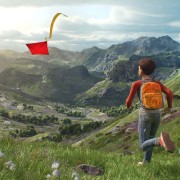
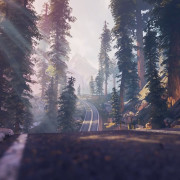
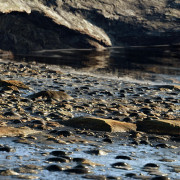


Start the discussion at talk.ronenbekerman.com